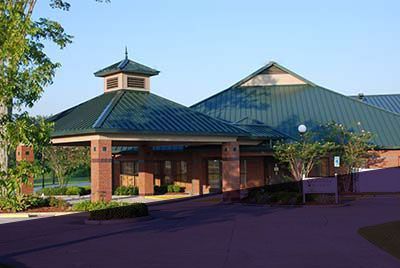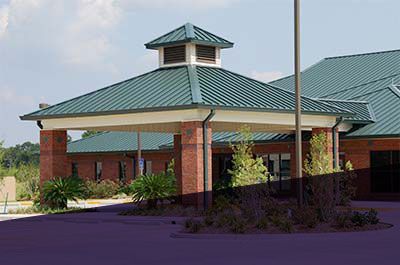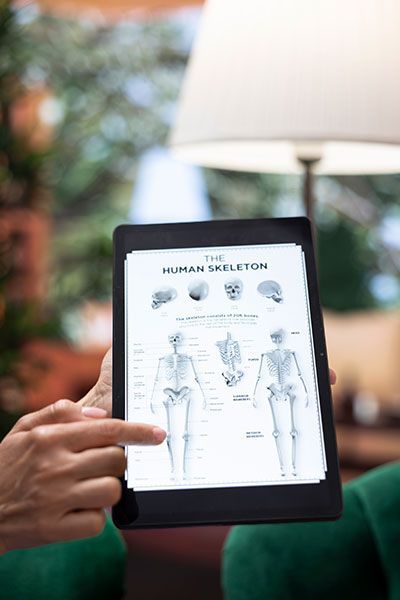Joint Pain
Pain we treat
Diagnose & treat joint pain
At least 33% of adults have dealt with joint pain in the last month. Whether your joint pain affects your hip, knee, elbow, shoulder, or even one of your smallest joints, the Headache & Pain Center, AMC, team takes it seriously. At two facilities in Gray and New Iberia, Louisiana, leading pain management doctor Jimmy Ponder Jr., MD ,uses advanced minimally invasive procedures to stop joint pain without opioids or major surgery. Call the office in your area or click on the online appointment button now.

Joint Pain Q & A's
What is joint pain?
Joint pain means discomfort or pain within any of your body’s bone connectors. With 360 joints in your body, you have a lot of places where you can begin to hurt. Some of the most common types of joint pain are:
Each joint includes fibrous tissue and cartilage, and has ligaments, tendons, and muscles that connect and support it.
Sometimes, like in the case of shoulder joint pain, the problem may not be in the joint itself, but rather in the soft tissues around it. For example, rotator cuff pain refers to a tear or other damage in the muscles and tendons that keep your shoulder joint in its socket.
Another example of joint-area pain is tendonitis, in which one of the tendons around your joints gets badly inflamed.
relief starts here
What causes joint pain?
There are many reasons for joint pain, with osteoarthritis the most common. Osteoarthritis causes your joints to wear down over time, which reduces the cushion that gives you smooth movement and instead causes grating or painful motion.
Some of the many other reasons you may be having joint pain include:
- Rheumatoid arthritis
- Psoriatic arthritis
- Gout
- Bursitis: Inflamed sacs that cushion joints
- Complex regional pain syndrome related to nervous system problems
- Joint capsule swelling
Each joint includes fibrous tissue and cartilage, and has ligaments, tendons, and muscles that connect and support it. Sometimes, like in the case of shoulder joint pain, the problem may not technically be in the joint itself but rather in the soft tissues around it.
For example, rotator cuff pain refers to a tear or other damage in the muscles and tendons that keep your shoulder joint in its socket. Another example of joint-area pain is tendonitis, in which one of the tendons around your joints becomes badly inflamed.
treatment options
The Headache & Pain Center, AMC, team strives to stop your pain and help you avoid a joint replacement or other major surgery. Treatments never use opioids, as they’re not a long-term answer.
Instead, the team may recommend injections of anesthetics and steroids to turn off the nerve signaling in that area. This can include injections directly in the bursae, facet joints, sacroiliac joint, muscles surrounding joints, or in other areas near the painful joint.
How do you treat joint pain?
Other options, including
radiofrequency treatments
and
spinal cord stimulators, can be a long-lasting answer for disabling joint pain. The team recommends a treatment that can give you results without significant downtime.
Joint pain doesn’t have to hurt forever. Call Headache & Pain Center, AMC, today or use online scheduling to take the first step toward relief.
To find out which treatment is best for you, book your visit by phone or online today.





